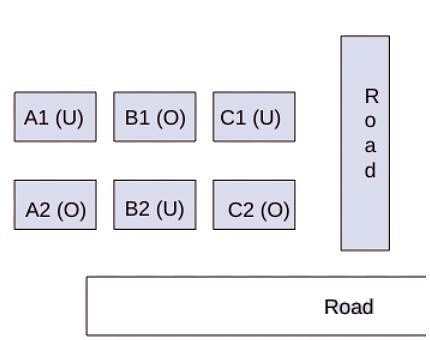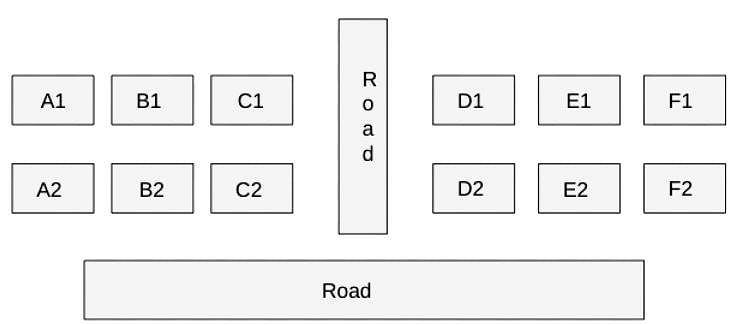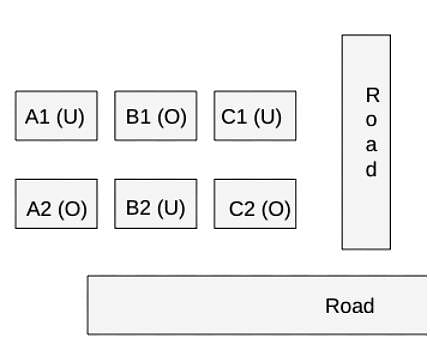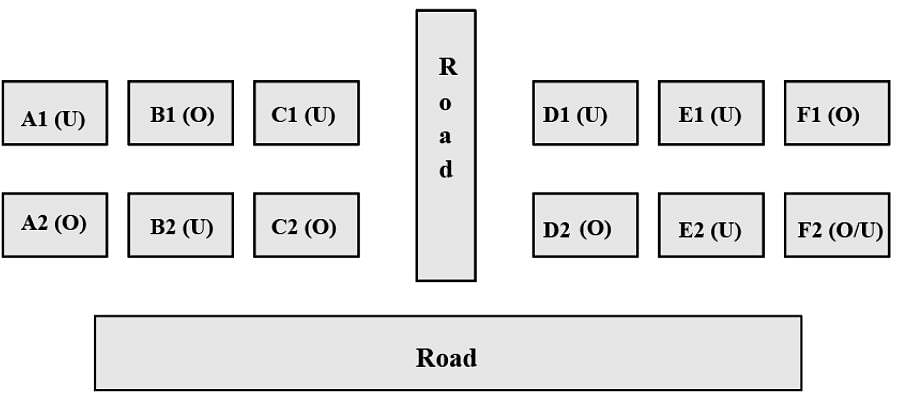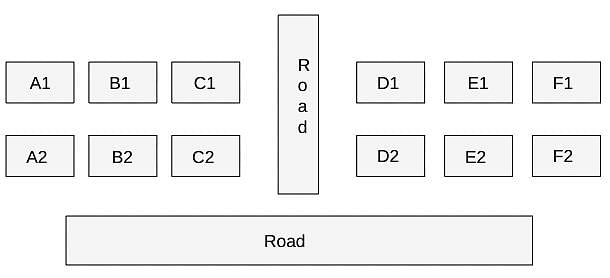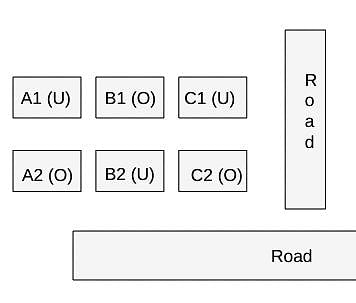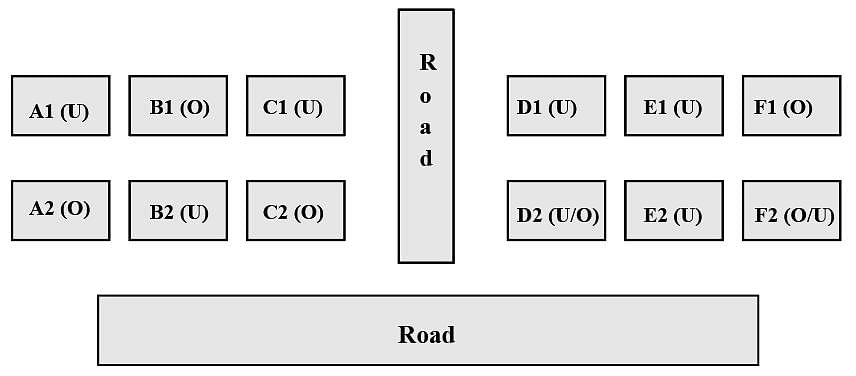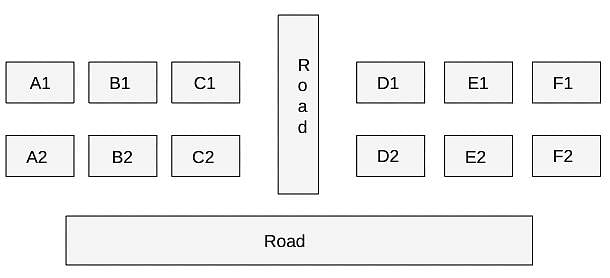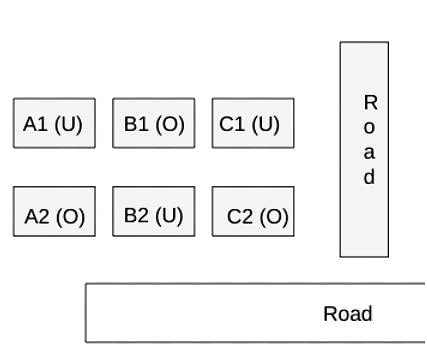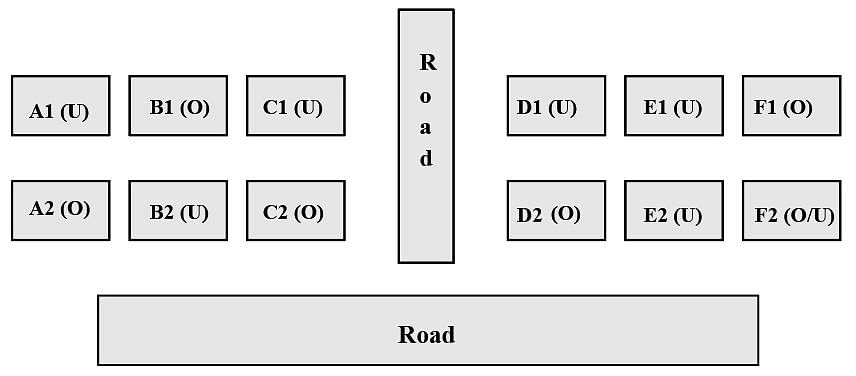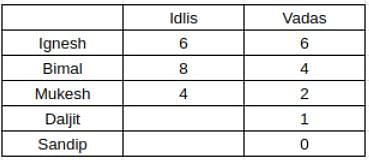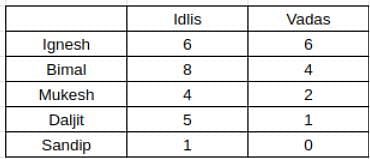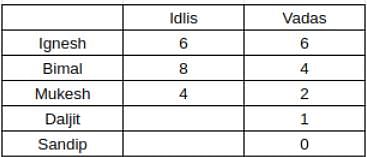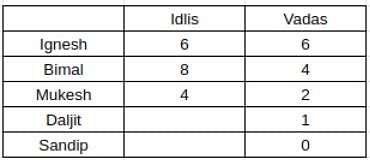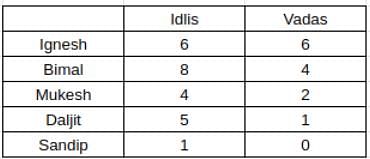Practice Test: Seating Arrangement - 4 - CAT MCQ
Test Description
7 Questions MCQ Test - Practice Test: Seating Arrangement - 4
Practice Test: Seating Arrangement - 4 for CAT 2024 is part of CAT preparation. The Practice Test: Seating Arrangement - 4 questions and answers have been prepared
according to the CAT exam syllabus.The Practice Test: Seating Arrangement - 4 MCQs are made for CAT 2024 Exam.
Find important definitions, questions, notes, meanings, examples, exercises, MCQs and online tests for Practice Test: Seating Arrangement - 4 below.
Solutions of Practice Test: Seating Arrangement - 4 questions in English are available as part of our course for CAT & Practice Test: Seating Arrangement - 4 solutions in
Hindi for CAT course.
Download more important topics, notes, lectures and mock test series for CAT Exam by signing up for free. Attempt Practice Test: Seating Arrangement - 4 | 7 questions in 20 minutes | Mock test for CAT preparation | Free important questions MCQ to study for CAT Exam | Download free PDF with solutions
Practice Test: Seating Arrangement - 4 - Question 1
Which of the following options best describes the number of vacant houses in Row-2?
Detailed Solution for Practice Test: Seating Arrangement - 4 - Question 1
Practice Test: Seating Arrangement - 4 - Question 2
Which of the following houses is definitely occupied?
Detailed Solution for Practice Test: Seating Arrangement - 4 - Question 2
| 1 Crore+ students have signed up on EduRev. Have you? Download the App |
Detailed Solution for Practice Test: Seating Arrangement - 4 - Question 3
*Answer can only contain numeric values
Detailed Solution for Practice Test: Seating Arrangement - 4 - Question 4
Detailed Solution for Practice Test: Seating Arrangement - 4 - Question 5
Detailed Solution for Practice Test: Seating Arrangement - 4 - Question 6
Practice Test: Seating Arrangement - 4 - Question 7
Which one of the following statements is true?
Detailed Solution for Practice Test: Seating Arrangement - 4 - Question 7
Information about Practice Test: Seating Arrangement - 4 Page
In this test you can find the Exam questions for Practice Test: Seating Arrangement - 4 solved & explained in the simplest way possible.
Besides giving Questions and answers for Practice Test: Seating Arrangement - 4, EduRev gives you an ample number of Online tests for practice
Download as PDF



